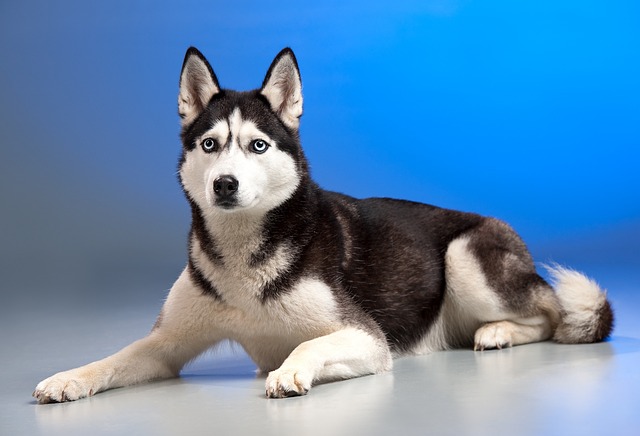
How to train a husky puppy not to bite?
Watching your fluffy husky puppy clamp down on your hand during playtime might feel cute at first—until their sharp puppy teeth break the skin.
You might see your dog growl when you walk near their bowl, snap at other pets who get too close, or even guard treats like they’re rare treasures—these are clear signs of food aggression. It’s not just a nuisance; in some areas, aggressive behavior can violate local dog ownership laws, putting you at risk of fines or even having your pet removed. The good news is, with consistent training, you can help your dog feel safer around food and reduce this behavior.
Start with small, low-pressure steps—try placing your dog’s food bowl down, then stepping back and tossing a few extra treats near the bowl as they eat. This teaches them that your presence means good things, not a threat to their food. Never punish your dog for growling; that’s their way of communicating discomfort, and punishment can make the aggression worse. Also, check local laws—many places require owners to address aggressive tendencies, so ignoring the issue could lead to legal trouble down the line.
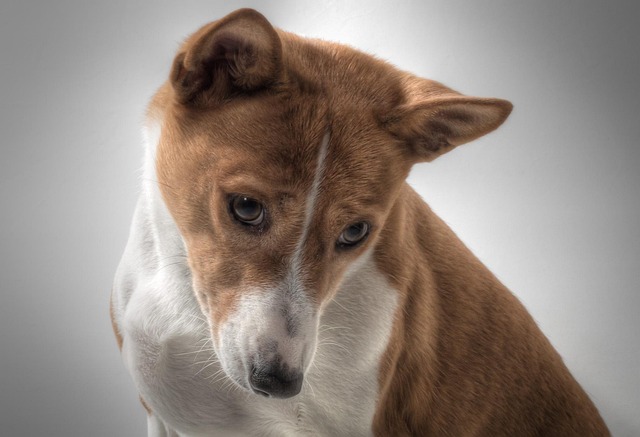 Use the “trade-up” method to build trust: when your dog is eating, hold out a high-value treat (like a piece of cooked chicken) and wait for them to look up at you. Once they do, swap the treat for a quick touch near their bowl before letting them get back to their meal. This helps them associate your hand near their food with something positive. If you have other pets, feed them in separate rooms at first—this cuts down on competition and makes each dog feel more secure during mealtime.
Use the “trade-up” method to build trust: when your dog is eating, hold out a high-value treat (like a piece of cooked chicken) and wait for them to look up at you. Once they do, swap the treat for a quick touch near their bowl before letting them get back to their meal. This helps them associate your hand near their food with something positive. If you have other pets, feed them in separate rooms at first—this cuts down on competition and makes each dog feel more secure during mealtime.
Be consistent with your routine—feed your dog at the same times every day, and never take their food away while they’re eating. In some regions, there are guidelines about responsible pet training, and inconsistent methods might not meet those standards. If the aggression doesn’t improve after a few weeks, reach out to a certified dog trainer or behaviorist. Many areas recognize only certified professionals for addressing aggression, so working with one keeps you compliant and ensures your dog gets the right help.
Training out food aggression takes patience, but it’s key to keeping your dog, your family, and others safe—plus, it keeps you on the right side of local laws. By focusing on positive reinforcement and making mealtime a calm, stress-free experience, you’ll help your dog let go of that defensive instinct. And if you’re ever unsure about what’s required in your area, ask your vet or local animal control—they can point you to trusted trainers and clarify any legal expectations.

Watching your fluffy husky puppy clamp down on your hand during playtime might feel cute at first—until their sharp puppy teeth break the skin.
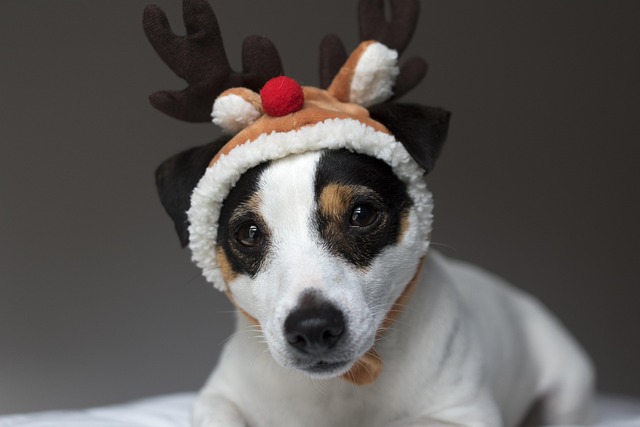
Finding a familiar pile on your front lawn or even inside near the door can be frustrating, especially if you’ve been trying to train your pup to go elsewhere.
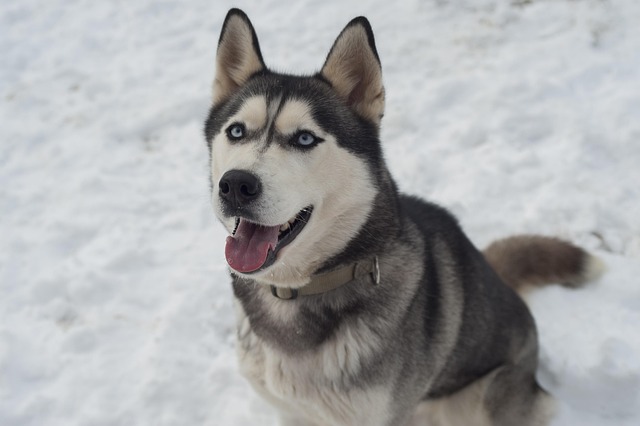
Finding puddles or messes on your carpet right after work is never fun—especially when you’re already juggling a busy schedule. The first step isn’t scolding your pup; dogs don’t connect punishment to old accidents.
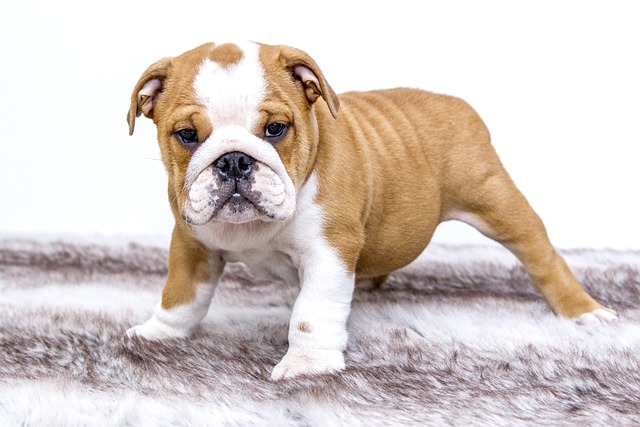
Picture this: you have your treat pouch on, ready for a training session, and both of your dogs are eagerly watching you.
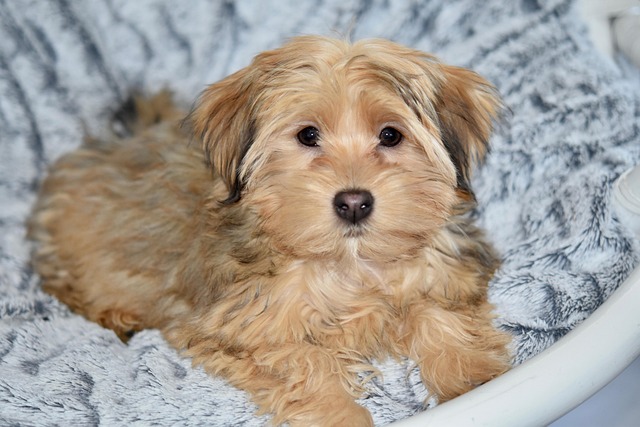
Yorkshire terrier puppies have tiny bladders, so sticking to a consistent schedule is key—try taking them out first thing in the morning, right after meals, and before bed.
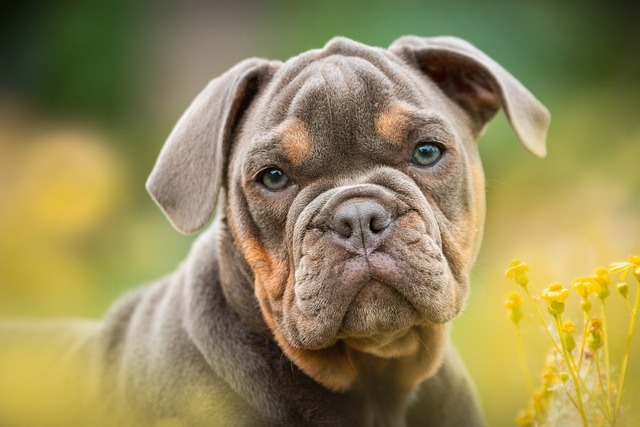
You're playing on the floor with your new puppy, and what begins as gentle nibbling quickly escalates into a piranha-like attack on your hands